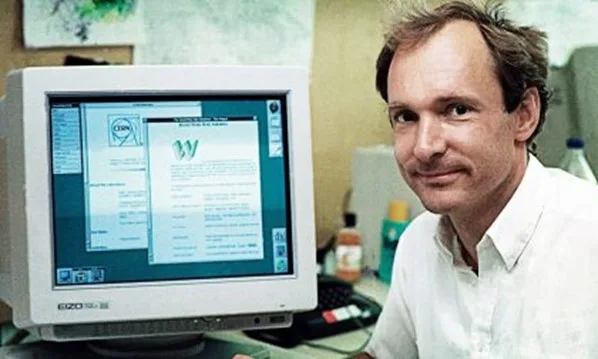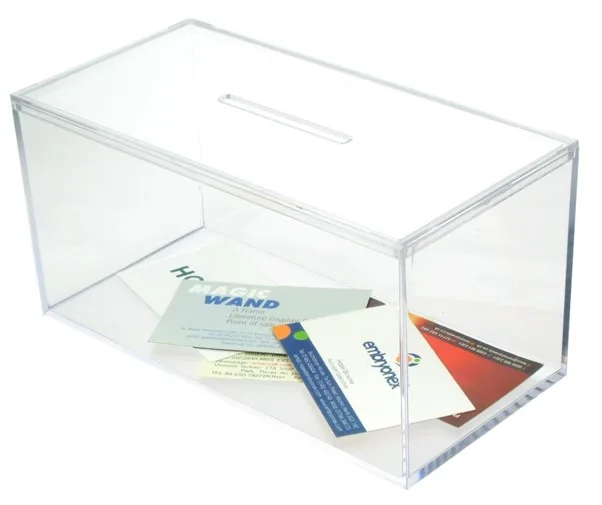The father of modern day trade shows was The Great Exhibition, held in 1851 at Hyde Park, London. The concept behind the show was to display the best products in the world all under one roof. The success of the fair laid the foundations for industry trade shows the world over.

Trade fairs and exhibitions became one of the main vehicles for companies to display their products and services to potential customers on an annual or biannual basis. Visitors were attracted to the events because they could see the best companies in one place. As their popularity grew, exhibition centres popped up all over the world, attracting international as well as local buyers.
Each industry had its major trade fair which, as they grew ever bigger and more expensive to exhibit at, tended to be held every two, three or even four years. It became almost compulsory to attend such events if you wanted to be seen as a serious player in your particular market or industry.
1993 – The World Wide Web bursts onto the scene
Just over 30 years ago our lives were profoundly changed by one decision. On April 30th, 1993, the World Wide Web was launched to the public at large. The web made it possible for anyone to navigate the internet. All users had to do was launch a new program called a ‘browser,’ type in a URL and hit return.

Anyone could build their own website and link to other sites (via hyperlinks), a feature that was to become a game changer. The web was the brainchild of Tim Berners-Lee, a researcher at CERN, a physics lab in Switzerland. CERN wanted to license the web for profit, but Berners-Lee firmly believed it should be free, without patents or fees.
He said, “It’s no good having something which will run on any platform if, in fact, there is a proprietary hold on it.” Berners-Lee has since attributed the runaway success of the web to that single decision of keeping it an open platform.
The business card is dead, long live the business card
You may be wondering what all this has to do with trade shows and exhibitions. Well, in the days before the advent of the web, the business card was king. Especially at trade shows. Back in the day, the aim of almost every exhibitor was to collect as many ‘qualified leads’ as possible during the event.

To achieve this, exhibitors came up with all manner of ideas and promotions to get visitors to leave their business cards on the exhibitors’ stands. These cards would then be given to the sales team after the event to follow up by phone with the aim of arranging an appointment for a face-to-face meeting. It was a good way of getting your foot in the door with a ‘qualified’ lead.
For the visitor, a trade exhibition was a time and cost efficient way of researching potential suppliers under one roof. Rather than having to trawl through industry directories, trade shows offered a more efficient way of sussing out the companies who would best provide the products or services you were looking for.
The power of face-to-face meetings
The face-to-face element was vitally important; it allowed you to get a real ‘feel’ for the company, its employees and its culture. As it developed and became more sophisticated, however, the web was to have a significant impact on trade exhibitions. Suddenly, people had a much faster, ‘on-demand’ platform to research potential suppliers.
Yes, initially the face-to-face element was missing, but the look and feel of the company’s website would give you an indication of its culture. Also, the massive benefit was that you could do your research from your desk (and later on your smart phone), when you wanted to. There was no need to wait for an exhibition to come around before you could act.
The impact of the global pandemic
More recently, the global pandemic hit trade shows hard and they have struggled to get back to their pre-covid levels of success. There is no doubt, however, that their popularity is returning, albeit slowly. The value of face-to-face interaction is so important – we humans are after all, social animals.

It would seem that although attendance at shows is still down on the halcyon days of the late 20th/early 21st Century, people value the opportunity to network at trade fairs and exhibitions. Those people who do visit tend to have a more concrete reason for attending, they have a need and are looking for a solution.
Trade shows still have their value, and perhaps more so, following the trend for employees to ‘work from home.’ There is no doubt that the lack of personal contact is damaging to business relationships and the trade show provides an opportunity to address this situation. It provides people the chance to actually meet and discuss challenges and solutions face-to-face in a conducive and professional environment.
Looking ahead, it is likely that whilst there may be less trade shows and exhibitions to choose from, those that survive have a chance to thrive. To achieve this, they must focus on maintaining a relevance for the needs of both the exhibitors and visitors.